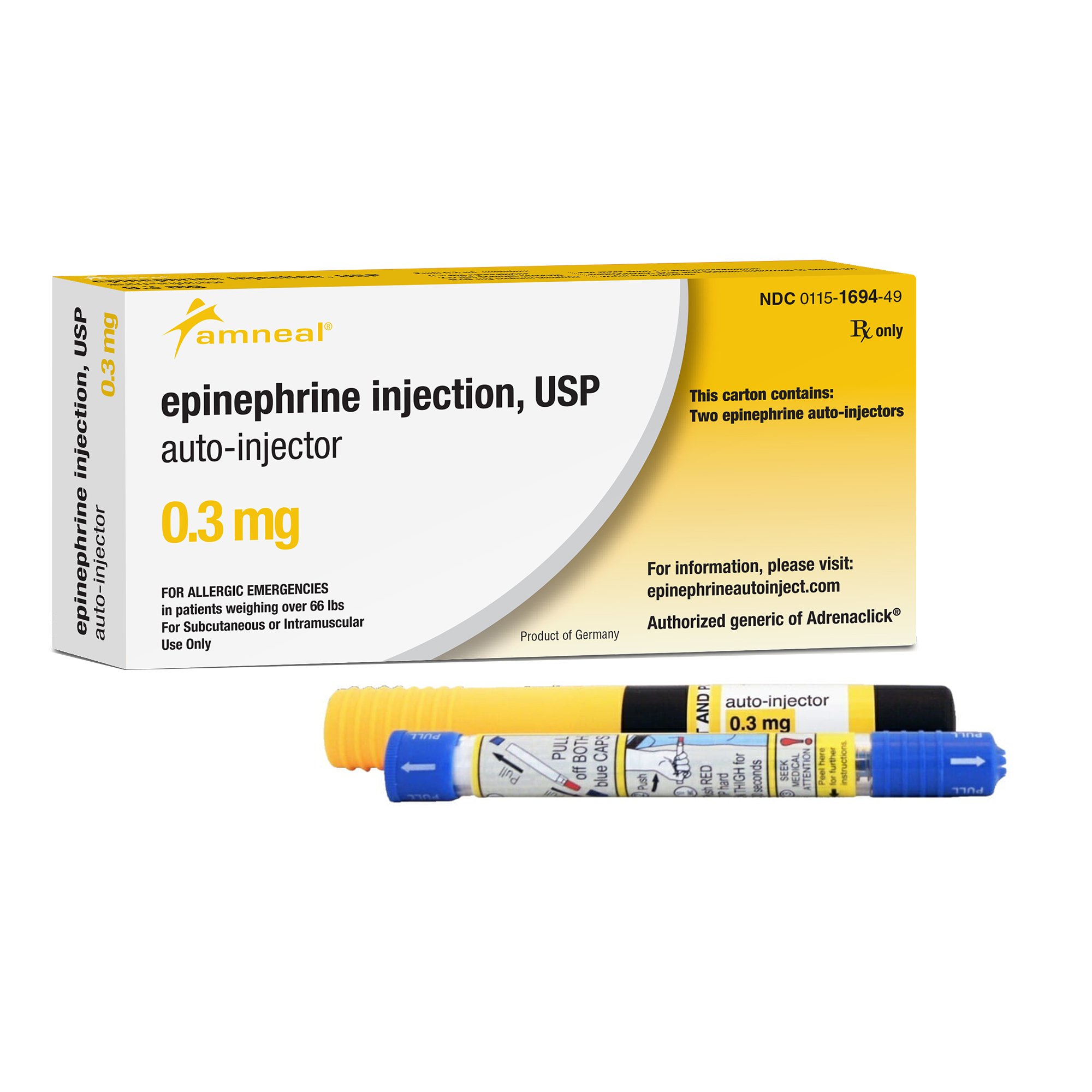What are the symptoms of a sulfa allergy?
A sulfa allergy occurs when the body’s immune system reacts negatively to medications containing sulfonamides, a group of antibiotics and other drugs. Symptoms of a sulfa allergy can vary from mild to severe and may include:
- Skin Reactions: The most common symptom is a rash, which can range from mild redness to severe conditions like Stevens-Johnson syndrome (SJS) or toxic epidermal necrolysis (TEN), where the skin peels off in sheets.
- Hives (Urticaria): Raised, itchy welts on the skin that can appear anywhere on the body.
- Itching: Generalized or localized itching, sometimes without a visible rash.
- Swelling (Angioedema): Swelling of the face, lips, tongue, or throat, which can cause difficulty breathing or difficulty swallowing.
- Fever: A sudden increase in body temperature, often accompanying other symptoms like rash or swelling.
- Respiratory Symptoms: Difficulty breathing, wheezing, or shortness of breath, which can indicate a more severe reaction like anaphylaxis.
- Gastrointestinal Symptoms: Nausea and vomiting, diarrhea, or abdominal pain, which can occur with or without other allergic symptoms.
- Anaphylaxis: A severe, life-threatening allergic reaction that includes symptoms like a rapid drop in blood pressure, severe difficulty breathing, and loss of consciousness. Anaphylaxis requires immediate emergency treatment.
- Joint Pain: Some people may experience joint pain or swelling as part of their allergic response.
- Eye Irritation: Redness, itching, or watering of the eyes may occur in some cases.
If you suspect a sulfa allergy or experience any of these symptoms after taking a sulfa-containing medication, it is important to seek medical attention immediately. In severe cases, such as anaphylaxis, emergency treatment with epinephrine (an EpiPen) and a visit to the emergency room are necessary.
What are the causes of a sulfa allergy?
A sulfa allergy is caused by an immune system reaction to sulfonamide-containing medications. Sulfonamides are a group of drugs that include certain antibiotics and other medications. When a person with a sulfa allergy takes one of these drugs, the immune system mistakenly identifies it as a harmful substance and triggers an allergic response. Here are some causes and contributing factors:
- Immune System Response: In individuals with a sulfa allergy, the immune system recognizes the sulfonamide component of the medication as a threat, leading to the release of chemicals like histamine. This triggers symptoms ranging from mild skin rashes to severe reactions like anaphylaxis.
- Genetic Predisposition: Some people may have a genetic predisposition to developing allergies, including sulfa allergies. A family history of drug allergies or other allergies can increase the likelihood of developing a sulfa allergy.
- Prior Exposure: A sulfa allergy often develops after repeated exposure to sulfonamide drugs. The immune system may become sensitized after the first exposure, leading to an allergic reaction during subsequent use.
- Cross-Reactivity with Other Drugs: In some cases, people who are allergic to sulfonamide antibiotics (like sulfamethoxazole) may also react to non-antibiotic sulfa drugs, such as certain diuretics, diabetes medications (like glyburide), or anti-inflammatory drugs. However, this cross-reactivity is not always consistent.
- Other Health Conditions: People with conditions like HIV/AIDS have a higher incidence of sulfa allergies, possibly due to immune system dysregulation or frequent exposure to sulfa drugs for opportunistic infections.
- Drug-Specific Factors: Sulfa drugs contain specific chemical structures, like the sulfonamide group, that can trigger allergic reactions. The likelihood of a reaction may depend on the specific formulation and chemical composition of the drug.
Sulfa allergies are specific to drugs containing sulfonamides, and they should not be confused with sulfite allergies (which involve preservatives found in foods) or sulfur allergies (which do not involve the same chemical structure). Understanding these distinctions can help guide appropriate treatment and avoidance strategies for those with a sulfa allergy.
What is the treatment for a sulfa allergy?
The treatment for a sulfa allergy focuses on managing the allergic reaction, relieving symptoms, and avoiding future exposure to sulfonamide-containing drugs. The approach to treatment depends on the severity of the allergic reaction. Here’s how sulfa allergies are typically treated:
- Discontinuing the Medication: The first step in treating a sulfa allergy is to stop taking the offending medication. Your healthcare provider will discontinue the sulfa drug and may prescribe an alternative medication that does not contain sulfonamides.
- Antihistamines: For mild to moderate allergic reactions, over-the-counter or prescription antihistamines (like diphenhydramine or cetirizine) can help relieve symptoms like hives, itching, and skin rashes.
- Corticosteroids: For more severe allergic reactions, oral or topical corticosteroids may be prescribed to reduce inflammation and alleviate symptoms like swelling, redness, and skin irritation.
- Epinephrine (for Severe Reactions): In cases of anaphylaxis—a life-threatening allergic reaction—emergency treatment with epinephrine (using an EpiPen) is required. If you have a known sulfa allergy and are at risk of anaphylaxis, your doctor may recommend carrying an epinephrine auto-injector at all times.
- Hospitalization (for Severe Reactions): If a severe reaction occurs, such as Stevens-Johnson syndrome (SJS) or toxic epidermal necrolysis (TEN), hospitalization may be necessary for intensive care, including wound care, fluid replacement, and monitoring for complications.
- Symptomatic Treatment: Depending on the symptoms, additional medications or supportive treatments may be needed, such as bronchodilators for breathing difficulties or intravenous fluids for dehydration.
- Allergy Testing and Desensitization: In some cases, allergy testing can confirm a sulfa allergy. If a patient requires a sulfa drug and no alternatives are available, desensitization might be considered. This involves gradually introducing small doses of the drug under medical supervision until the body can tolerate it.
- Avoidance and Education: Preventing future reactions involves avoiding all medications that contain sulfonamides. Patients with a sulfa allergy should inform all healthcare providers, wear a medical alert bracelet, and be aware of common sulfa-containing drugs to avoid accidental exposure.
If you suspect you have a sulfa allergy, consult your healthcare provider for a proper diagnosis and guidance on safe alternatives. Early recognition and appropriate management are key to preventing serious reactions.

Leave a Reply
You must be logged in to post a comment.